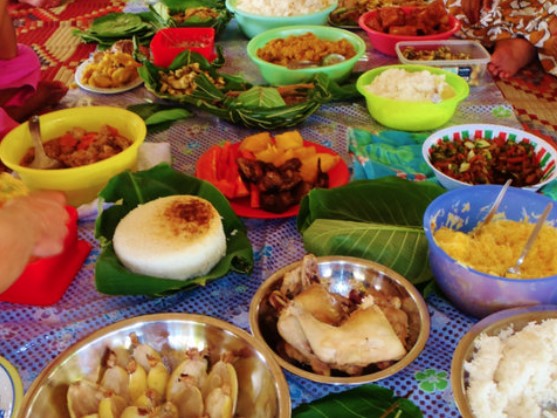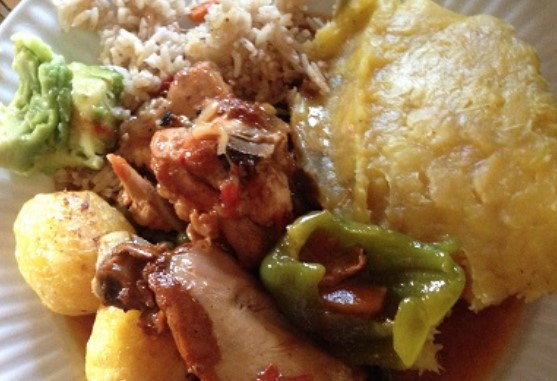Introduction to Tuvaluan cuisine
Tuvalu is a small island nation located in the South Pacific. Its cuisine is heavily influenced by its Polynesian roots, with a focus on seafood and coconut. The majority of Tuvaluan dishes are simple and straightforward, with few spices or seasonings. However, there are several condiments and sauces that are commonly used to add flavor and depth to meals.
Overview of Tuvaluan condiments
Tuvaluan condiments and sauces are typically made from locally sourced ingredients, including fish, coconut, and chili peppers. They are often served alongside main dishes or used as marinades or dipping sauces. With a variety of flavors and textures to choose from, there is something to suit every palate.
Coconut milk-based sauces
Coconut milk is a staple ingredient in Tuvaluan cuisine, and it is often used to make creamy sauces and dressings. One popular condiment is fekei, a sauce made from coconut milk, lime juice, and chili peppers. It is commonly served with poisson cru, a traditional Tuvaluan dish of raw fish marinated in lime juice and coconut milk.
Another coconut milk-based sauce is kaloa fakaofo, which is made by simmering coconut milk with onions, garlic, and turmeric. The resulting sauce is rich and savory, with a slightly sweet and nutty flavor. It is often used as a base for stews and curries.
Fish-based sauces
Given Tuvalu’s location in the Pacific Ocean, it’s no surprise that fish plays a prominent role in its cuisine. To add flavor to seafood dishes, Tuvaluans often use fish-based condiments. One such sauce is pulaka, which is made by simmering fish bones and heads with onions, garlic, and tomatoes. The resulting broth is then strained and used as a seasoning for fish dishes.
Another fish-based condiment is fai kai, which is made by fermenting fish in banana leaves. The resulting paste is salty and pungent, with a flavor similar to fish sauce. It is commonly served with taro or breadfruit.
Chili-based sauces
Chili peppers are a common ingredient in Tuvaluan cuisine, adding heat and depth to dishes. One popular chili-based condiment is papa, which is made by pounding fresh chili peppers with salt and lime juice. The resulting paste is then mixed with coconut cream to create a spicy dipping sauce.
Another chili-based sauce is taape, which is made by fermenting fresh chili peppers with salt. The resulting sauce is fiery and tangy, with a slightly sour flavor. It is often used as a marinade for meat and fish.
Conclusion: the variety of Tuvaluan condiments
From creamy coconut milk-based sauces to tangy fish-based condiments to fiery chili-based pastes, Tuvaluan cuisine offers a wide variety of condiments and sauces to choose from. Whether you’re looking to add flavor to seafood dishes or spice up your meats and vegetables, there is a Tuvaluan condiment to suit your needs.










